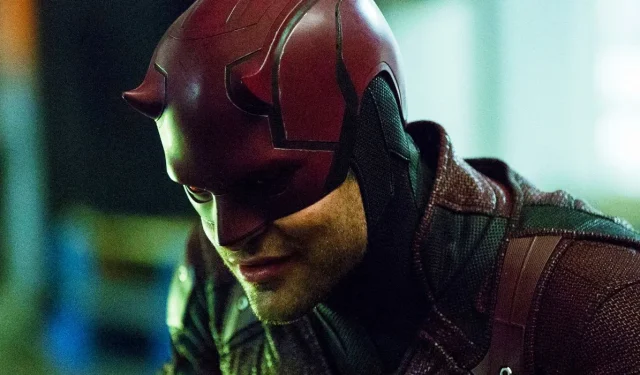The Netflix series Daredevil set a significant precedent within the Marvel Cinematic Universe (MCU), creating inevitable comparisons with its follow-up, Daredevil: Born Again. Showrunner Steven DeKnight defended the original series following criticisms of its stunt choreography from fans. Both series feature Charlie Cox portraying Matt Murdock/Daredevil and Vincent D’Onofrio as Wilson Fisk/Kingpin, and they are known for their intense, well-choreographed fight sequences. The original series introduced viewers to a notorious one-shot fight scene in which Matt Murdock takes down a group of kidnappers in a hallway—a moment that remains deeply etched in the minds of fans.
Subsequent seasons of Daredevil innovated upon this concept, and Daredevil: Born Again continued that evolution. Thanks to a significantly increased budget and advanced technical resources, the new series integrates more sophisticated stunts, enhanced with CGI, leading to a fresh take on Matt’s combat style.
It’s purely a financial issue. On the Netflix show, we didn’t have the money to do this. If we had, we would have. https://t.co/u2sZDWHCaI — Steven DeKnight (@stevendeknight) March 29, 2025
Fans have responded positively to these enhancements, noting that Daredevil’s agility and acrobatics more closely resemble his comic book counterpart. One fan, @theogdaredevil, tweeted their observations: “crazy how Daredevil started becoming more agile and acrobatic/moving more like comic daredevil ever since he got into the [MCU]. ([please don’t] twist my words. [I] know [he’s] canon in the [MCU], but [you] know exactly what [I] mean when [I] say [MCU].)”They also shared a video compilation of several fight scenes to support their argument.
DeKnight acknowledged these changes, suggesting that they stem from budgetary constraints. He emphasized, “On the Netflix show, we didn’t have the money to do this. If we had, we would have.“
Understanding Steven DeKnight’s Insights
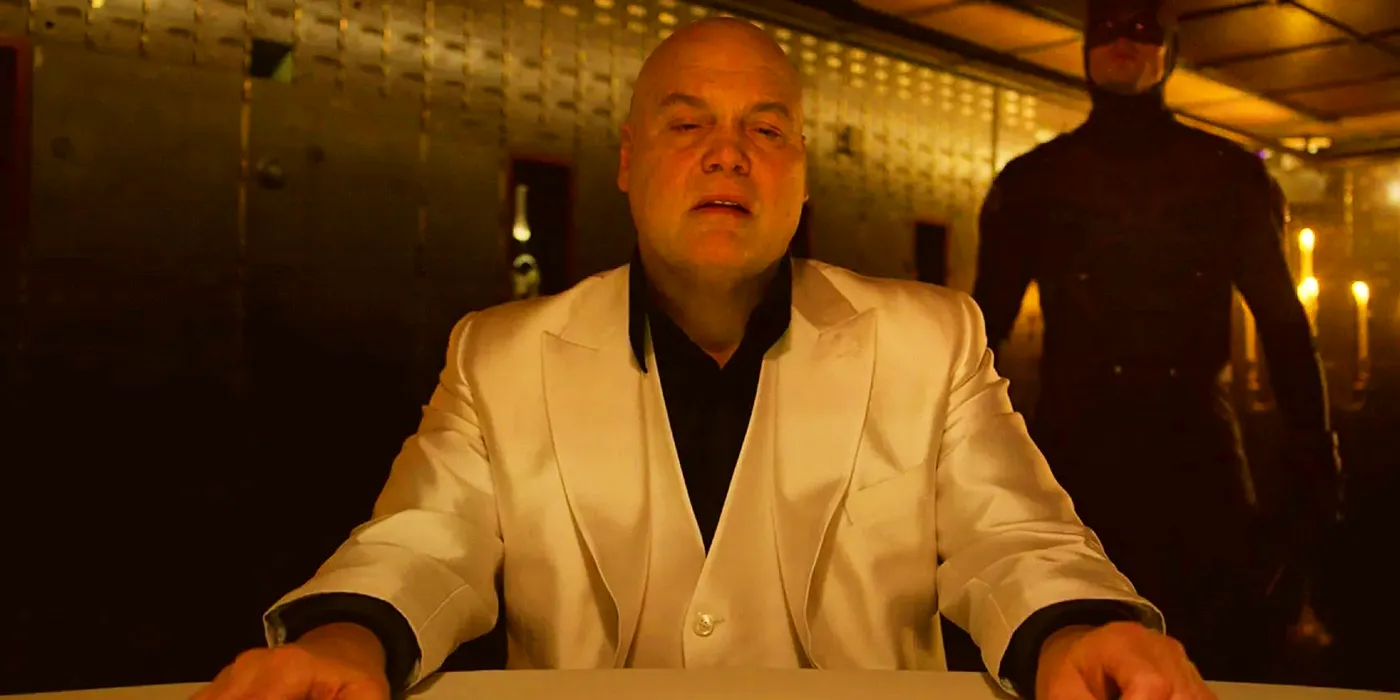
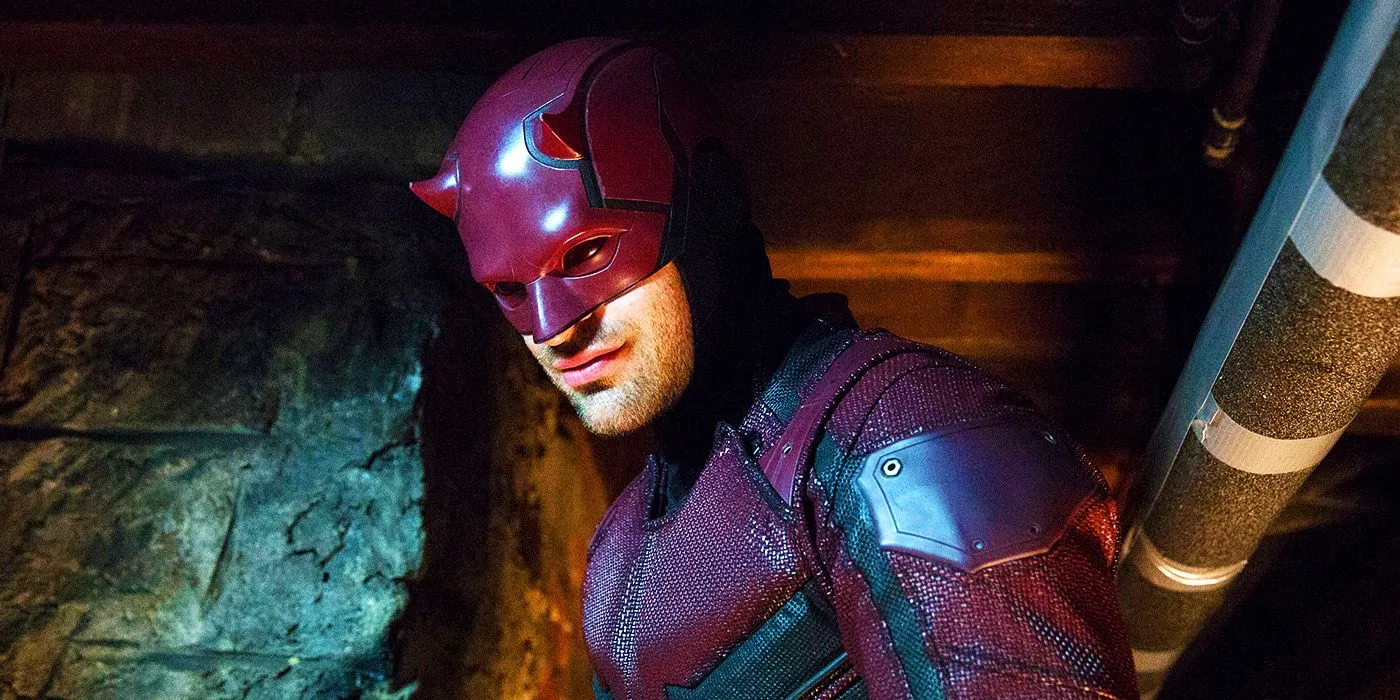
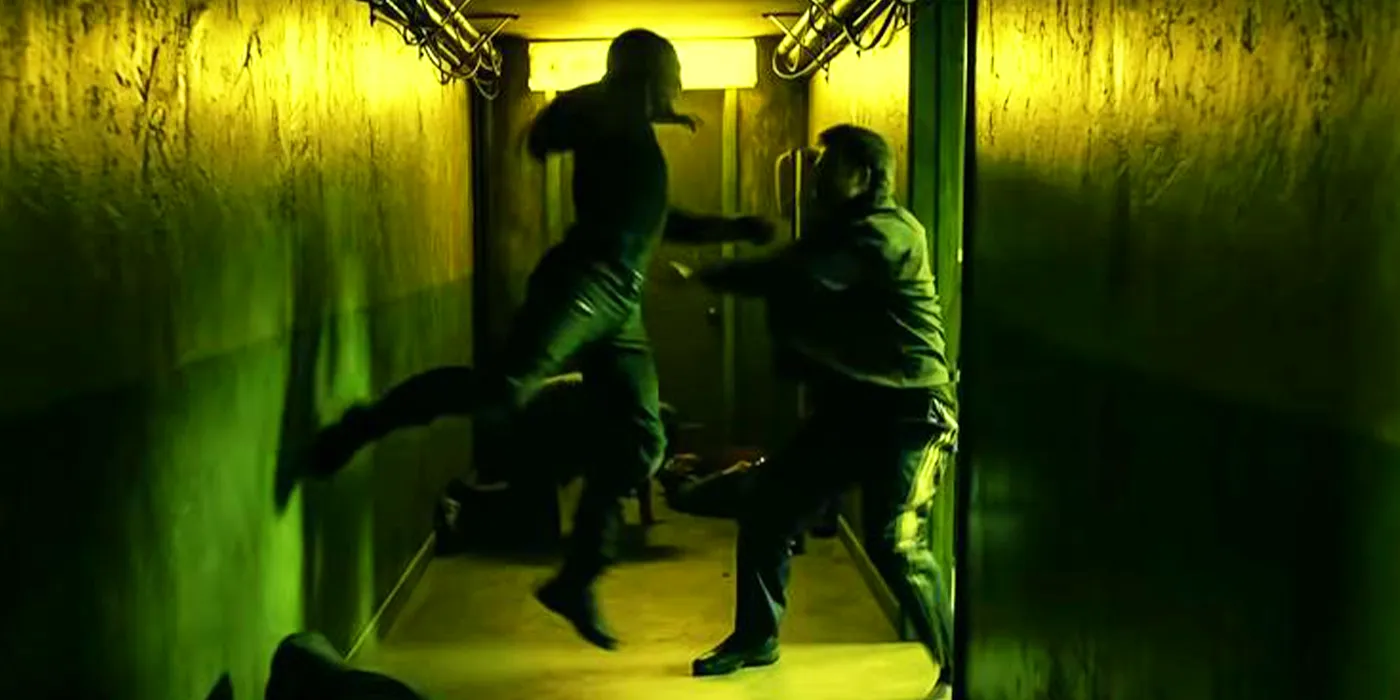
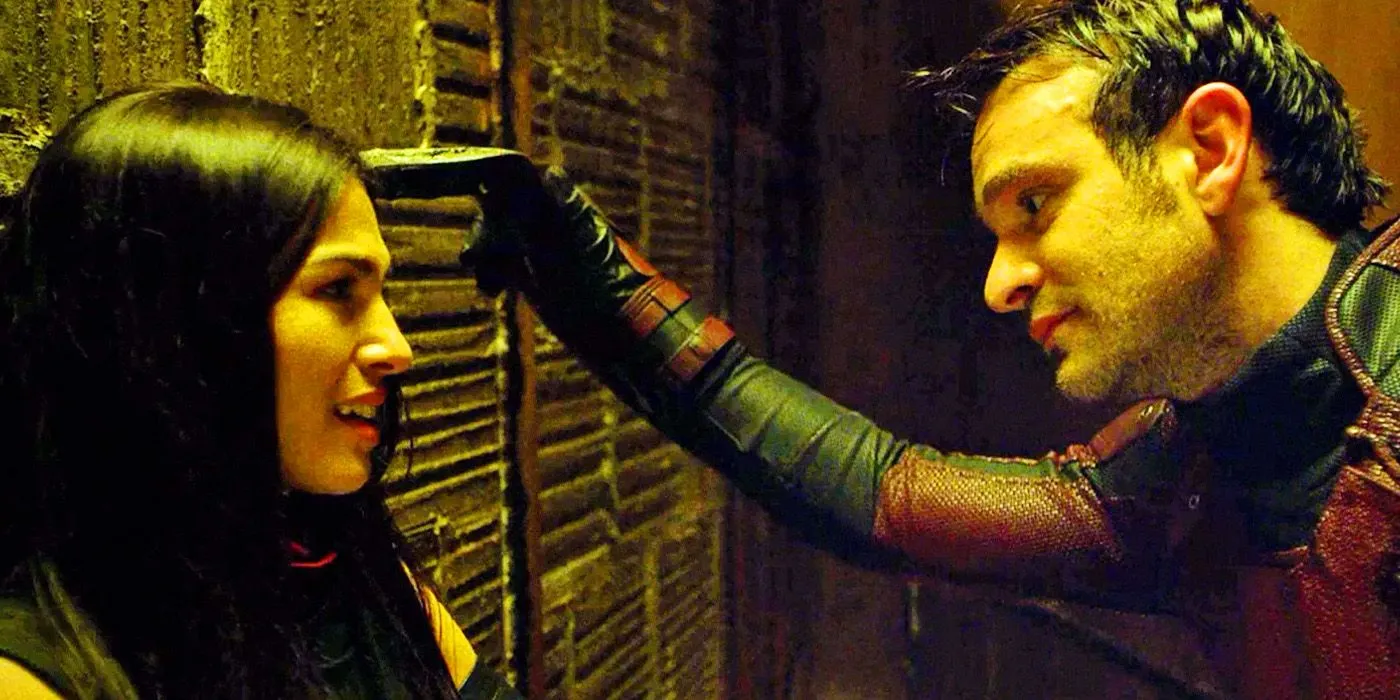
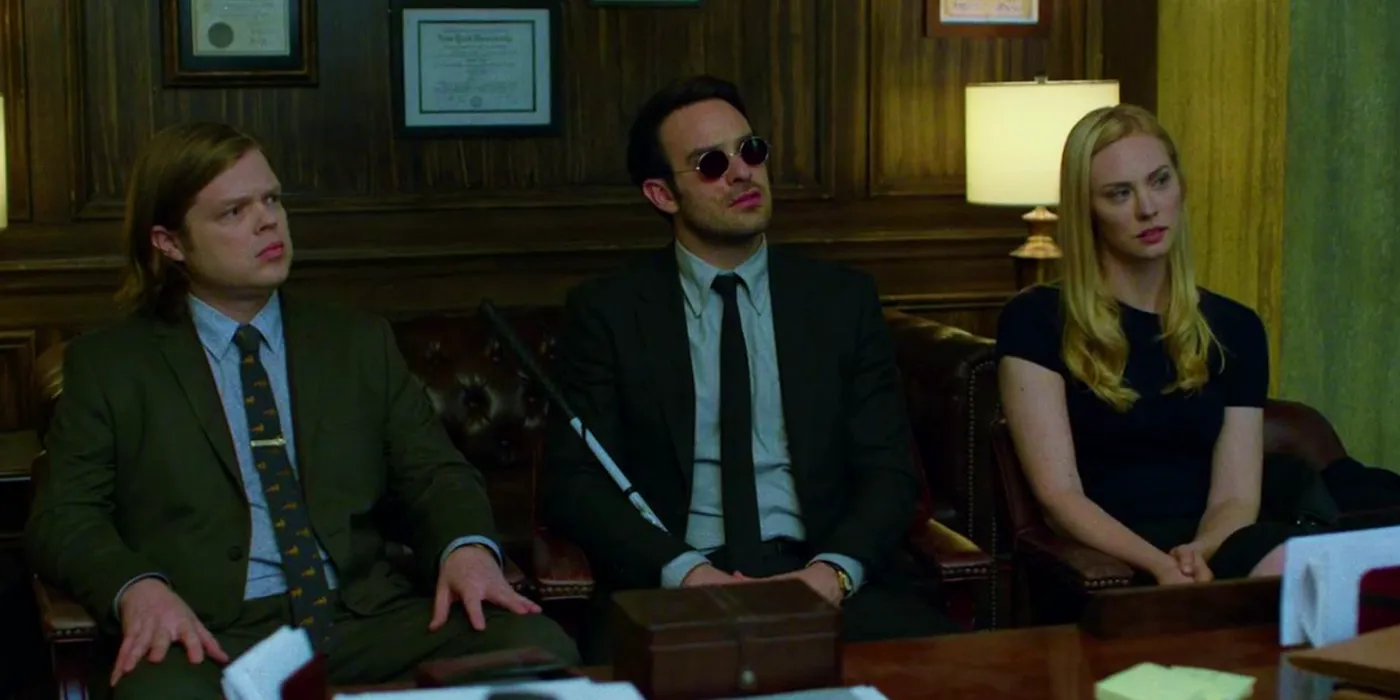
The differences in the portrayal of Matt Murdock’s abilities can primarily be attributed to the varying budgets of the two series. According to Comic Book Resources, the original series had a budget of about $56 million for its 13 episodes, averaging around $4.3 million per episode. In contrast, Daredevil: Born Again boasts a budget of approximately $200 million for only nine episodes, resulting in a per-episode cost of around $22.2 million.
This financial disparity clearly allows Daredevil: Born Again to produce more elaborate and polished fight sequences. As a result, there are notable differences between the two iterations of the series. While the original pushed creative boundaries within its budget constraints, the new series tends to favor a more seamless execution of stunts, which, while visually stunning, may sacrifice some rawness of the earlier show.
Analyzing DeKnight’s Perspective
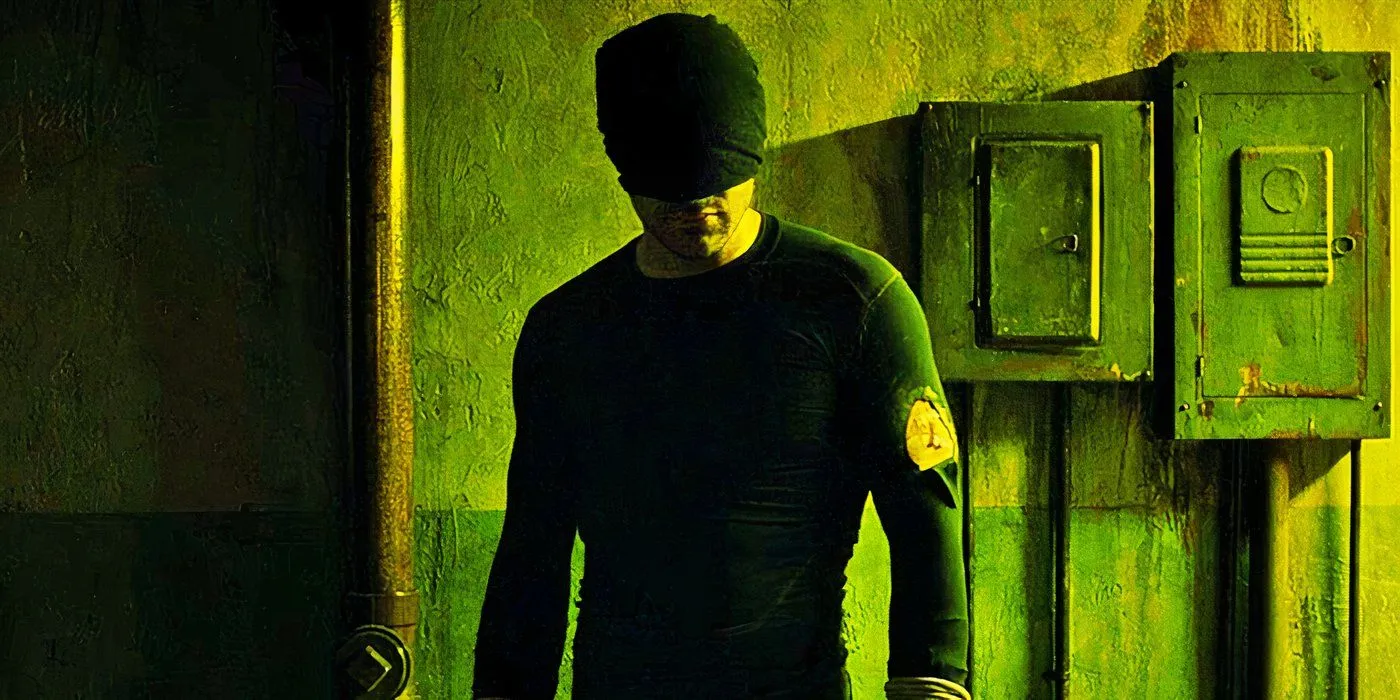
In conclusion, preference for either series’ style ultimately comes down to individual taste. DeKnight’s assertion suggests that the financial limitations of Daredevil significantly affected its ability to deliver fights that align closely with comic book accuracy. Nevertheless, the series found creative solutions within its constraints, as exemplified by the iconic hallway fight scene. Such limitations can often spark innovation, proving that necessity is indeed the mother of invention.
- Substantial budget differences influence stunt choreography.
- Daredevil’s rawness vs. Daredevil: Born Again’s polish.
- Individual viewer preference drives perception of each series.
